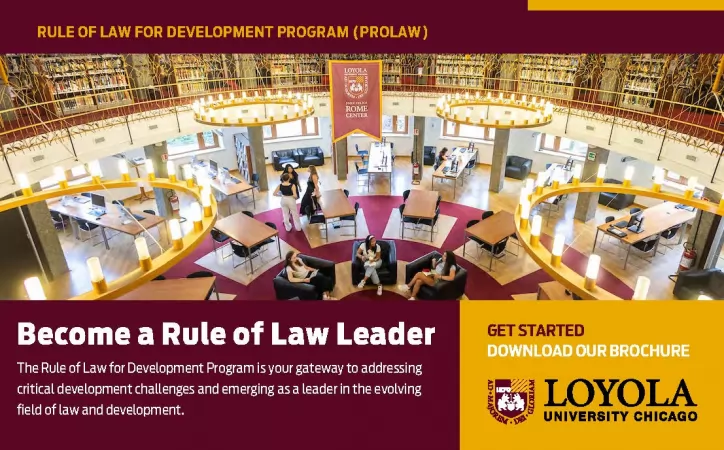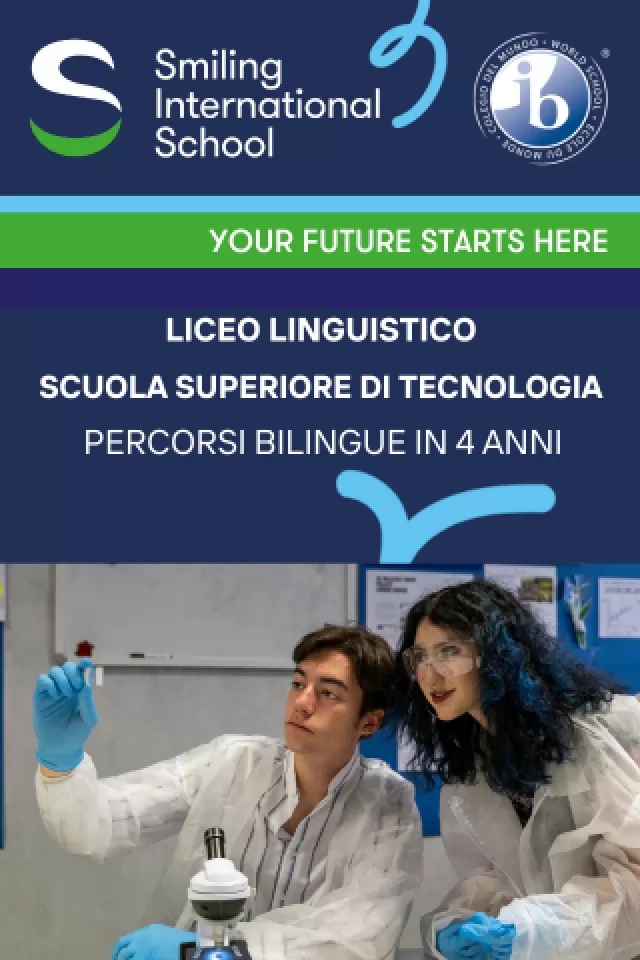Culture. Helping museums in Afghanistan
Afghanistan – a never-ending hell on earth, where thousands have died and scores of thousands have been wounded in only the latest years of struggle, and where you might think that no sane civilian would venture voluntarily.
And yet one quietly-spoken Roman with a direct, dark brown gaze and short, prematurely silver hair is preparing for a seventh trip to Kabul in two and a half years, and hopes that this time he will be able to spend three or four months there, and get out of the relative safety of the capital Kabul into the provinces. And why? To teach the Afghans how to set up and maintain their museums.
Alessandro Califano – Sasha to his friends – is a senior curator at Rome’s MACRO museum of contemporary art, set in the former Peroni brewery near Porta Pia. He is a museologo – a museums’ expert – but also an orientalist, and well travelled in central Asia. After four visits to Uzbekistan, Kazakhstan and Kyrgyzstan, he has now been turning his attention to Afghanistan as a consultant for UNESCO.
So what does an Italian museums’ expert do in Afghanistan?
“On my last trip in September I held a workshop in Kabul on conserving the treasures of the city of Ghazni.” This city, a day’s hazardous drive south of Kabul along the road to Kandahar, was the capital of the Ghaznavid empire in the 10th to the 12th centuries, and a crossroads of Buddhist and Islamic traditions and art. “But the conservation staff had to come to Kabul to take part in the workshop and its closing exhibition at the National Museum of Afghanistan. The problem with Ghazni is that there are still too many attacks there: recently all the windows in the museum were blown in by an explosion.”
And how does he plan to remedy the situation? Simple: by taking his workshops out into the provinces.
“It’s far more useful to do it on the spot,” he claims. “More risky, perhaps, but more fruitful. My dream plan would be to talk to the governor of Panjshir province (north-east of Kabul – ed) and get permission and help to transform the scattered historical sites into museums: visitable, contextualised, partly ethnographic, partly documentary, but above all on the spot.”
“More risky?” we venture.
“Well, yes. It’s not badly paid, of course, but you don’t risk your life for money, you do it because you believe it’s something worthwhile, making a contribution to the culture.”
It’s not necessarily as risky as it might seem, Sasha points out. Speaking a few words of Dari and dressed in a peron-tombon – also known as shalwar kameez – the smock and baggy trousers and a shirt coming down to the knees that’s worn all across central and southern Asia – he could be taken for a Tajik, one of the many ethnic groups which make up the population of Afghanistan.
“You just don’t wear a Rolex and look out of place,” he says. “As a foreigner, that’s the best security there is. And it’s also the best way to see the country, the people, the bazaars – to experience them.”
Travelling in an armoured vehicle or walking about with an armed escort can make you feel nervous at first, he says. “But at times I feel less safe in Rome. When you walk through the streets of Kabul, the people are more cordial, they stop and greet you. The micro-criminality – drunks, pesterers – is much worse in Rome than in Kabul or Mazar-i-Sharif.” He stops and hesitates, and his gaze takes on a distant look for a moment. “The fact is, they know there what real violence means, so they avoid using it. In Italy we just don’t know; for us violence is the unruly hooligans in the sports grounds, browbeating and bullying. Real violence is the Kalashnikov, it’s cutting throats, not this. OK, so it’s worse than in Italy, but it’s far rarer – and you rarely come into any contact with it.”
A little like a spy, we suggest.
Sasha bursts out laughing: “On my first trip to that part of the world, I took a train from Riga to Almaty via Novosibirsk, and then on into Kyrgyzstan and eventually to Uzbekistan. My two eldest children – 13 and 8 at the time – said to their mother, now we’re big enough to know the truth: is Dad a spy?” There’s something in it, he admits. When you go into sensitive regions and try to pass for a local and seek out information, that’s doing essentially what a spy does. And it also gives you a totally new state of mind: “When you take a trip from Bamiyan (where the Taliban blew up the giant statues of Buddha in 2001 – ed) to Kabul and see how there are hundreds of roads it’s impossible to control, you realise it’s simply crazy to try to pacify a place like that with military means. So in a way, anyone who makes this kind of journey in an intensive and individual way, not in a package tour, can fall under suspicion.”
So who visits these museums he is teaching the Afghans to run?
“Oh, a lot of people. Single people, groups, school classes. Not just Afghans: foreigners, too. You can pick out the foreign women – they wear veils, but in a subtly different way to how the Afghan women wear them. And they don’t wear burqas; a lot of Afghan women still do, although noticeably less than in, say, 2008.”
And how did he start on this unusual speciality? Some years ago he had been interested in the museum strategies in the former USSR after the fall of communism. And because he had originally been an orientalist, and because he spoke Russian (as well as German, French and faultless English), he managed to combine the two disciplines.
“I was already doing some consultancy for UNESCO in Uzbekistan, organising workshops and seminars. And then I wanted to see something of Afghanistan, that ‘land across the river’ (the Amu Darya, Afghanistan’s northern border – ed) that had been at war for 30 years, and I dropped in on the UNESCO office there to say hello to an officer I had met in Kazakhstan. I asked him if they needed anything, and he said, yes, we need everything!”
When Sasha returned to Rome and set out some proposals to the UNESCO regional headquarters, they could hardly believe he was serious. “They sent me three emails asking for confirmation – was I really prepared to work in Afghanistan? Finally they realised I was serious about it.”
So what’s next? He grins as he stirs his caffé molto ristretto at a table in the weak October sun outside a Sicilian bar near his Piazza Bologna home. “When I’m in Rome I get bored,” he admits, “and my favourite work is preparing the next trip. Learning to speak more Dari, for example.”
Pictures and slides from Sasha’s workshop are on his blog at museumstudies.tumblr.com (together with eclectic comments on music, cinema, Italian politics, and whatever else catches his magpie attention). To read other blogs by Geoffrey Watson click here.


















